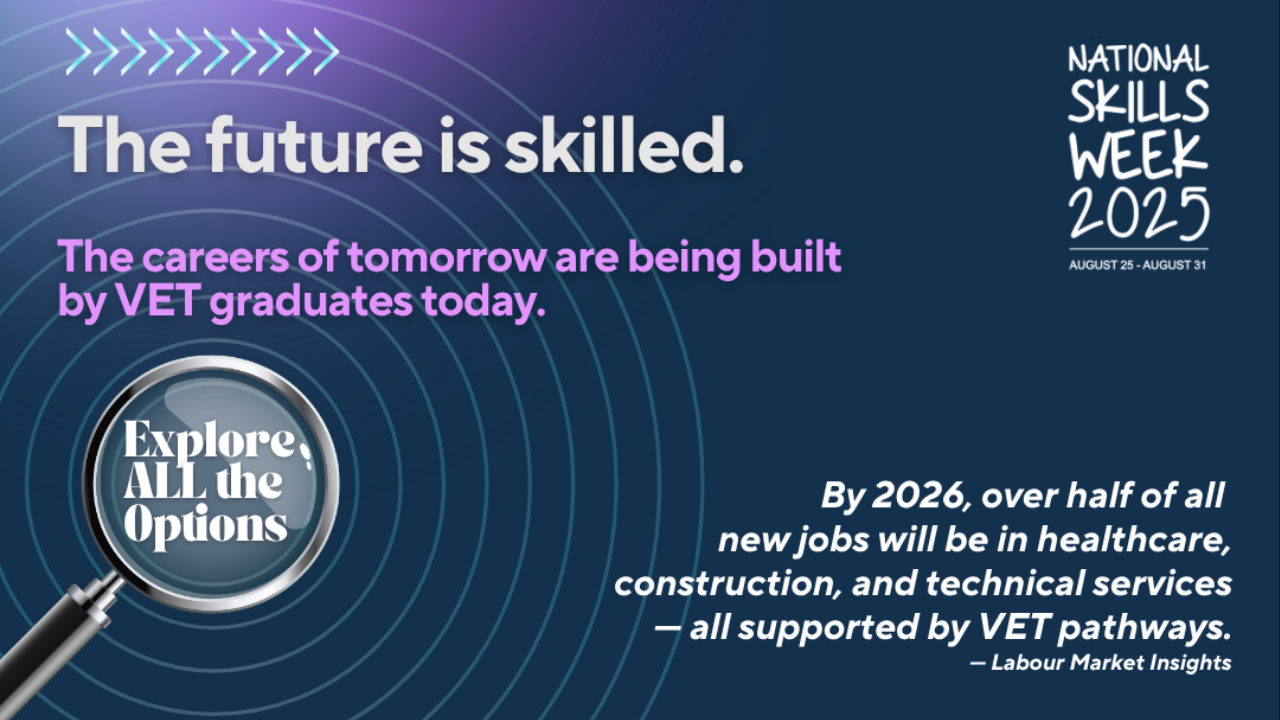The newly released Jobs and Skills Australia 2025 Occupation Shortage List (OSL) reveals encouraging signs of recovery in Australia’s labour market, but also highlights persistent skills gaps that continue to challenge key industries.
In 2025, 29% of occupations are in shortage, down from 33% in 2024 and 36% in 2023. The easing reflects a number of positive trends, including more qualified applicants entering the workforce, higher vacancy fill rates, lower recruitment difficulty rates, and a general softening in labour demand.
Persistent Shortages in Key Sectors
Despite the improvement, significant gaps remain across core industries. Nearly half of trade occupations and two in five professional roles are still experiencing shortages, particularly within health, education, and construction. These shortages are constraining productivity in sectors already reporting below-average growth, underlining the need for targeted workforce strategies to sustain economic progress.
Diversity as a Workforce Strength
The 2025 OSL also underscores the critical link between diversity and workforce resilience. Occupations that show gender balance and greater inclusion of women, older workers, First Nations people, and people with disability are significantly less likely to face shortages. In contrast, male-dominated roles, especially in the trades, continue to experience some of the deepest and most persistent gaps.
Government Action Driving Results
New data from Jobs and Skills Australia confirms that the Albanese Government’s investment in TAFE and training is delivering real results. The 2025 OSL shows skills shortages have dropped to their lowest level in three years, a sign that national efforts to strengthen training, inclusion, and workforce participation are paying off.
This progress is backed by major initiatives such as the $30 billion National Skills Agreement, Free TAFE with more than 685,000 enrolments and 190,000 completions, and targeted programs like the New Energy and Housing Apprenticeships and Building Women’s Careers initiatives. These reforms are helping Australians gain qualifications in high-demand areas while building a more inclusive and resilient workforce.
The report also confirms that occupations with diverse workforces are less likely to experience shortages, only 18% of balanced-gender occupations are in shortage, compared to 48% of male-dominated ones. Similarly, roles with higher proportions of mature-aged, First Nations, or disabled workers show stronger workforce stability and participation.
As Skills and Training Minister Andrew Giles noted, “When we remove barriers to skills and training, and create inclusive workplaces, we unlock the full potential of Australia’s workforce.”
Introducing the Occupation Shortage Drivers Report
Complementing the OSL is the newly released Occupation Shortage Drivers (OSD) report, which delves deeper into the root causes of shortages. Key insights include:
-
Insufficient qualified applicants remain the leading driver, particularly across health, teaching, and construction.
-
Employability skill gaps and a lack of practical experience are holding back recruitment in fields like engineering, science, and management, even among technically qualified candidates.
-
Low pay, poor working conditions, and retention challenges continue to drive shortages in care and service-based roles.
A Broader Evidence Base for Action
Together, the OSL and OSD provide a comprehensive evidence base for understanding Australia’s workforce challenges. Additional resources include:
These combined insights equip governments, industry leaders, and training providers with the knowledge to develop informed, targeted solutions that build a more balanced, inclusive, and sustainable workforce for Australia’s future.










